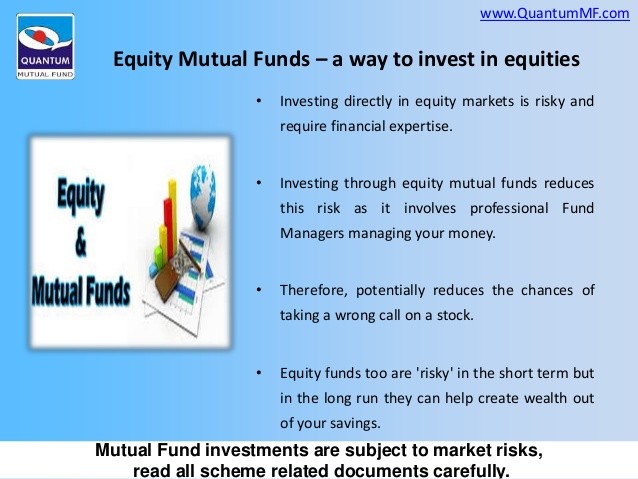Mutual funds simplified
Post on: 16 Март, 2015 No Comment

Monday, July 19, 2010
Core satellite and Completeness fund approaches
There are many ways to manage a portfolio or a fund. A fund or a portfolio can be passive fund investing only in passive index it can be an active fund where investing or trading is done frequently to take advantages of inefficiencies or opportunities in the market. It totally depends on the fund manger of how he perceives the market, if he perceive it as efficient, than he will invest in passive fund because there will no mispricing otherwise he will invest in active funds.
Apart from passive and active approaches to investing the there are certain other approaches to investing like the Core satellite approach and Completeness fund approach. In a core satellite approach the investor or the fund manager has a core holding in a passive index and is complemented by a satellite of holdings in active funds. The idea behind a core satellite approach is active risk (risk due to active management and deviations from the passive benchmark) is mitigated by the core holding in passive index and active return (return more than the benchmark passive index) is added by the satellite due to active management. A core satellite approach can be executed using an informal approach or by using a formal approach. As a part of a formal approach a manager targets an active risk and return and then uses optimization to find the best mix of active funds to deliver best performance.
In the following example the manager has a 50% core in the passive index with satellites of 25%, 15% and 10% in the active funds.
Index Expected active return Expected active risk Allocations
Passive index 0.00% 0.00% 50%
Active fund 1 1.70% 2.80% 25%
Active fund 2 3.00% 5.10% 15%
Active fund 3 3.70% 7.00% 10%
In the above example passive index will not have any active return and active risk(risk due to active management and deviating from the benchmark) but by adding satellite funds we can add active return to the portfolio at the same time active risk will also be added but it will be minimal due to the large allocation to passive fund which dont have any active risk.
In contrast to the formalized process followed for the core-satellite approach many mangers use a less exact approach, but since their portfolio or fund is going to be compared to the same benchmark to minimize the difference in risk exposures between the portfolio and the benchmark the managers use what is known as completeness fund approach. The completeness fund complements the active portfolio so the combined fund has the same have the same risk exposure as the benchmark. The advantage of the completeness fund approach is that the active return from the managers can be maintained while active risk is minimized. The completeness fund must be balanced regularly as the active manager exposure keeps on changing.
Thus fund managers can use many approaches including the two discussed above to mange funds but what approach will be used when will be totally dependent on how the manger perceives the market.














